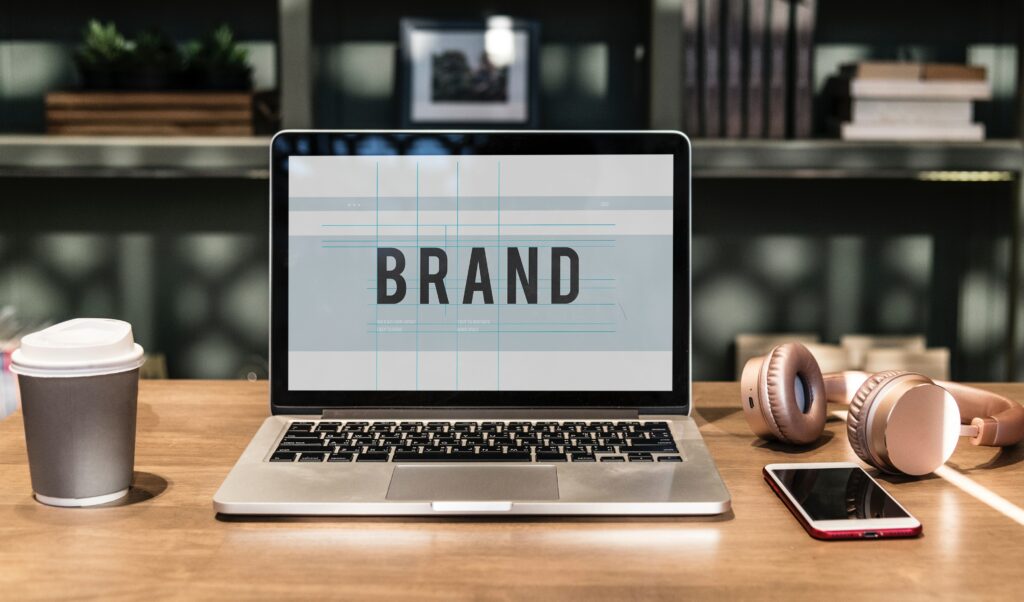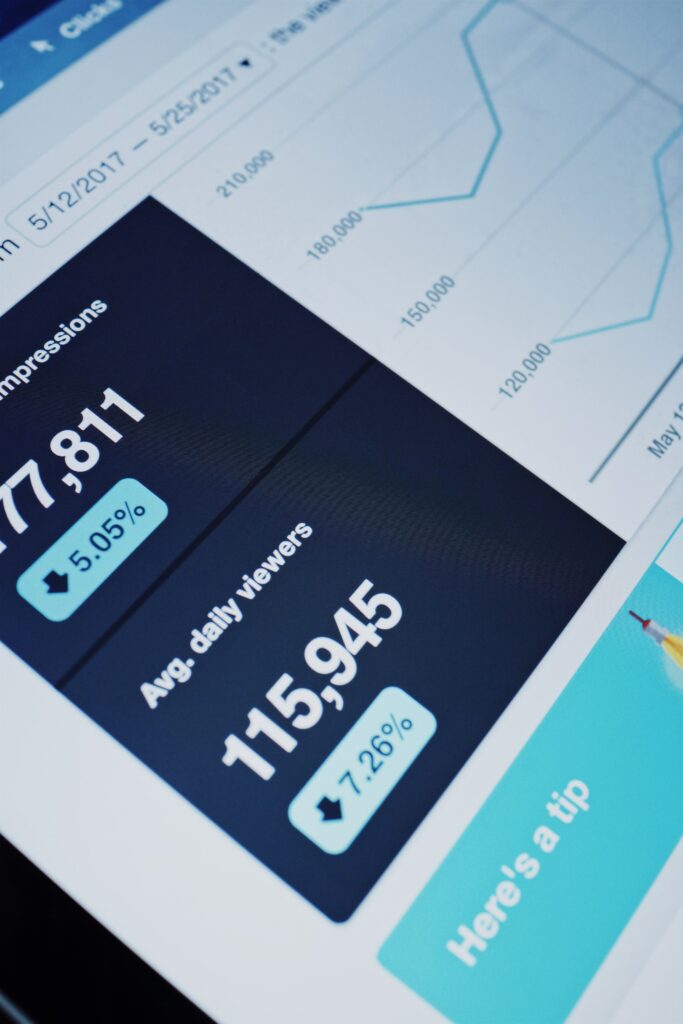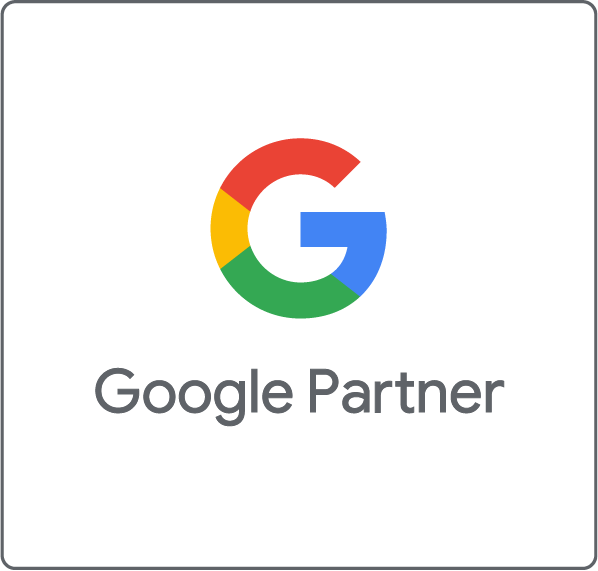Native ads vs display ads, which should you use to grow your business?
Ever since the first advert appeared online back in 1994, marketers have been trying to figure out the best way to attract users’ attention and get them to look where they want them to. This has led to the development of two main types of online advertising.
The first is called native advertising, sometimes also known as recommended or promoted stories. This is advertising content that is native to its environment, in as much as that it attempts to mimic its surrounding articles and design.
The other type of advertising is called display advertising. These are often banner ads or smaller adverts on the side of the page that are clearly different from the main body of content on the site.
The key question for online marketers is deciding which kind of advertising is best for them. Or find out how to strike the right balance between the two. So, how do you go about making the decision on whether to go native or display? And if you’re going to mix them, where is the right balancing point?
Why use display ads
Display ads show up on the page based on a number of criteria. These include how much the advertiser has paid to secure the spot, the relevance to the site that they are sitting on and whether or not the advertiser and content provider have had any kind of previous interaction.
The main reason to use display ads is that they are the most cost-effective option. They are very familiar to audiences too, which allows companies the opportunity to reinforce their brand on the page. The display ads can be designed around your own brand guidelines, and even feature video content and multimedia displays to help them stand out more.
The modern version of display ads now uses programmatic targeting and real-time-bidding. Allowing the advertiser to carve out their targeting to their exact requirements using demographic, geo-location, behaviour and interest targeting. With real-time-bidding layered on top, the advertiser will never pay more than a $0.01 more than the next best bidder.
Why use native ads
Native ads mirror the style and tone of the content around them, using the words ‘promoted’ or ‘sponsored’ to help viewers determine that they are looking at paid for or advertised materials. As such, there is a higher level of creativity involved in trying to make them seamlessly fit in. They don’t stand out or jar as much as display ads and therefore can be more successful in attracting readers to click through.
Native ads don’t disrupt the flow of the site like display ads, and studies have shown that readers find this to be a more pleasant experience than flashy display banners distracting them.
The down sides
Of course, both display and native ads have some drawbacks too. For example, as display ads are so popular, there can be a lot of competition for the best spaces. This is helping to drive costs up. The fact that they can be distracting can mean that even if you work hard to get your spot, there is a chance that readers are simply going to ignore it.
For native advertising, there is a school of thought that thinks that some consumers might feel a little bit duped by advertising content that looks like it belongs on the page. There are also some issues around presenting adverts as content without it being properly or clearly labelled as such. And excessive labelling can undermine the whole concept of native ads. So, there is a balance to be struck.

However, despite these drawbacks, there is little doubt that both native and display adverts are effective in their own ways. Which of the two is the most effective is a cause of great debate amongst online marketing experts.
Which is the right choice for you?
Essentially it boils down to what kind of business you are running, your specific goals and KPIs. Display adverts are the better choice if you know who your target market is and you don’t have common formats of editorial styles. That is because creating native ads for sites like this can be very difficult. If you want to take advantage of the major ad networks, placing multiple ads across numerous sites, then display ads are the quickest and easiest option.
Also, if the primary goal of your campaign is retargeting, then you need ads that stand out and attract the attention of the viewer. Your goal is to jog their memory and remind them that they visited your site in order to steer them back towards making a purchase.
On the other hand, native ads are better for more subtle, creative and clever marketing campaigns. If your target market can be found on a number of sites, and a native ad would be able to reach all of them, or you are building a brand in this way, then it’s a good option.

Display ads are sometimes in danger of being ignored (unless your ads are highly relevant and well targeted), as users are increasingly used to seeing them and therefore more able to simply skim over ad content. However, an ad that looks like it belongs on the page is more likely to attract attention. Native ads are also a good option if you are building brand loyalty or want the content to be shared with friends and family.
Native advertising has really started to take off in recent years and is a growing market. However, there is still a place for display ads. It’s up to you to decide which is the best option for your business.
If you would like guidance around which is more suited to your overall marketing strategy, then get in touch with an expert in online marketing to discuss your options. We are always more than happy to hear from you and can offer structured advice about the best way to make your budget go that little bit further or work that extra bit harder.
Online marketing is a constantly evolving industry, and the way users view content and adverts is changing. So, to make the most of your marketing campaigns, you need advice from people who understand the complex world of online ads. And that’s exactly what we can do for you. Get in touch to find out more.



